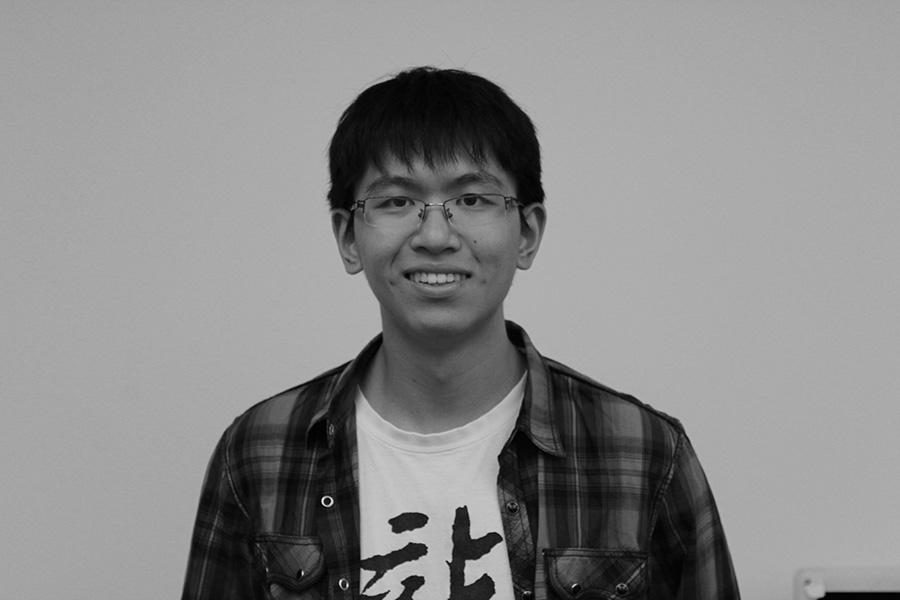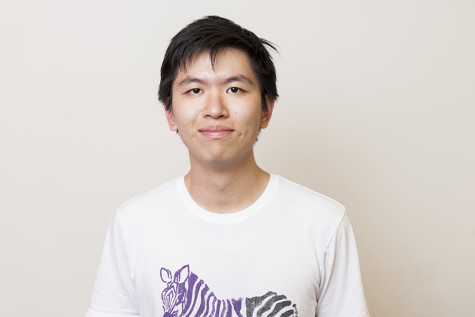Tinder gives equal power to both sexes
October 1, 2014
The design of Tinder alone appears a bit appalling. For a dating app, it seems staggeringly impersonal. Names and Facebook profile pictures are all you have to decide if you like what you see. A single swipe dictates a person’s fate — left for no, right for yes. The action is so simple, and yet I found myself strangely hesitant when using it for the first time, due to its portrayal of women’s bodies as a meat market — as if media did not do that enough already.
A decision once so wrought with complications suddenly becomes incredibly simple. Tinder’s fans, men and women alike, regularly discuss their draw to the app, passing hours upon hours fixated on their primal attraction with strangers miles away.
Almost overnight, Tinder has become one of the fastest-growing online dating tools in the United States. Not only are its demographics skewed toward a younger population — 18- to 20-year-olds make up 51 percent of its user base — but also it boasts one of the most balanced gender ratios of any online dating service. As such, it speaks to the ways our modern attitudes of dating have changed. Or perhaps more accurately, how they have always been the same.
We are all familiar with the classical tropes of dating. The male, in an attempt to woo the female, performs some feat of great strength and masculine virility. The peacock brandishes its tail feathers. The buck fights off fellow suitors with his horns. The man works out, makes money and fashions himself into some arbitrary masculine ideal. In doing so, society tells us, the women will naturally follow.
Courtship thus becomes an act of pursuit, with the man as the hunter and the woman as the prey. This stereotype belittles sexually assertive women, submissive men and anyone else who does not fit into its suffocating gender roles.
In this patriarchal system, then, it is almost reassuring that Tinder remembers that female desire exists. The meat market presents both genders in equal measure. Tinder gives women a feeling of control over their sexuality with its all-powerful swipes in a manner few other dating tools do. It helps, in its small way, to normalize female lust. No longer is pursuit merely in the realm of men — now women can gawk all they like. Save the romance and discovery for the personal conversations, Tinder knows you want to ogle.
So, whatever my personal reservations of Tinder’s design may be, I hold no judgment. More power to those who can enjoy themselves. Tinder speaks to a new irreverence for notions of traditional courtship in an era of sexual liberation. It makes romantic trysts for women easy, accessible and, for the first time in a long time, shameless.
Email Richard Shu

























































































































































